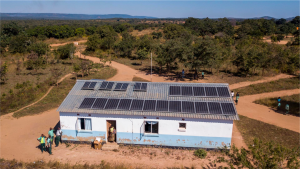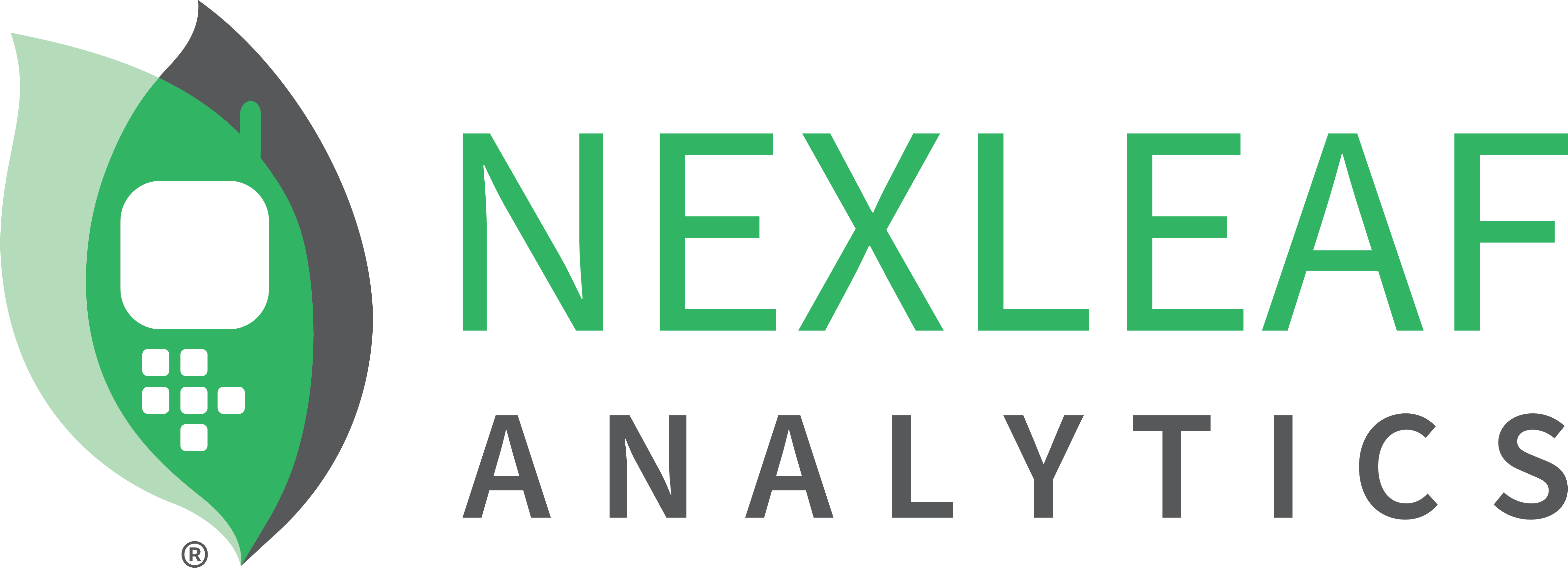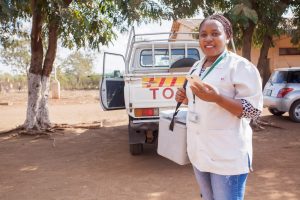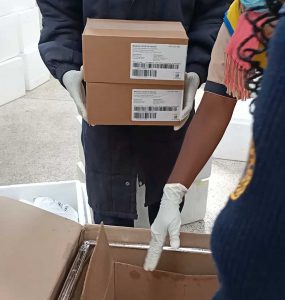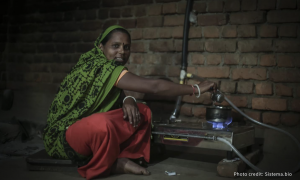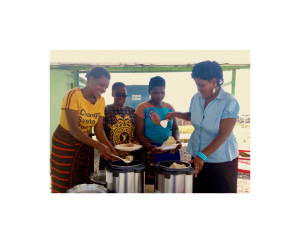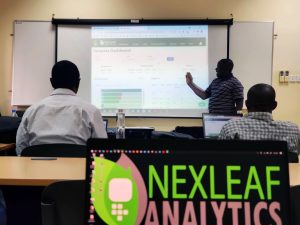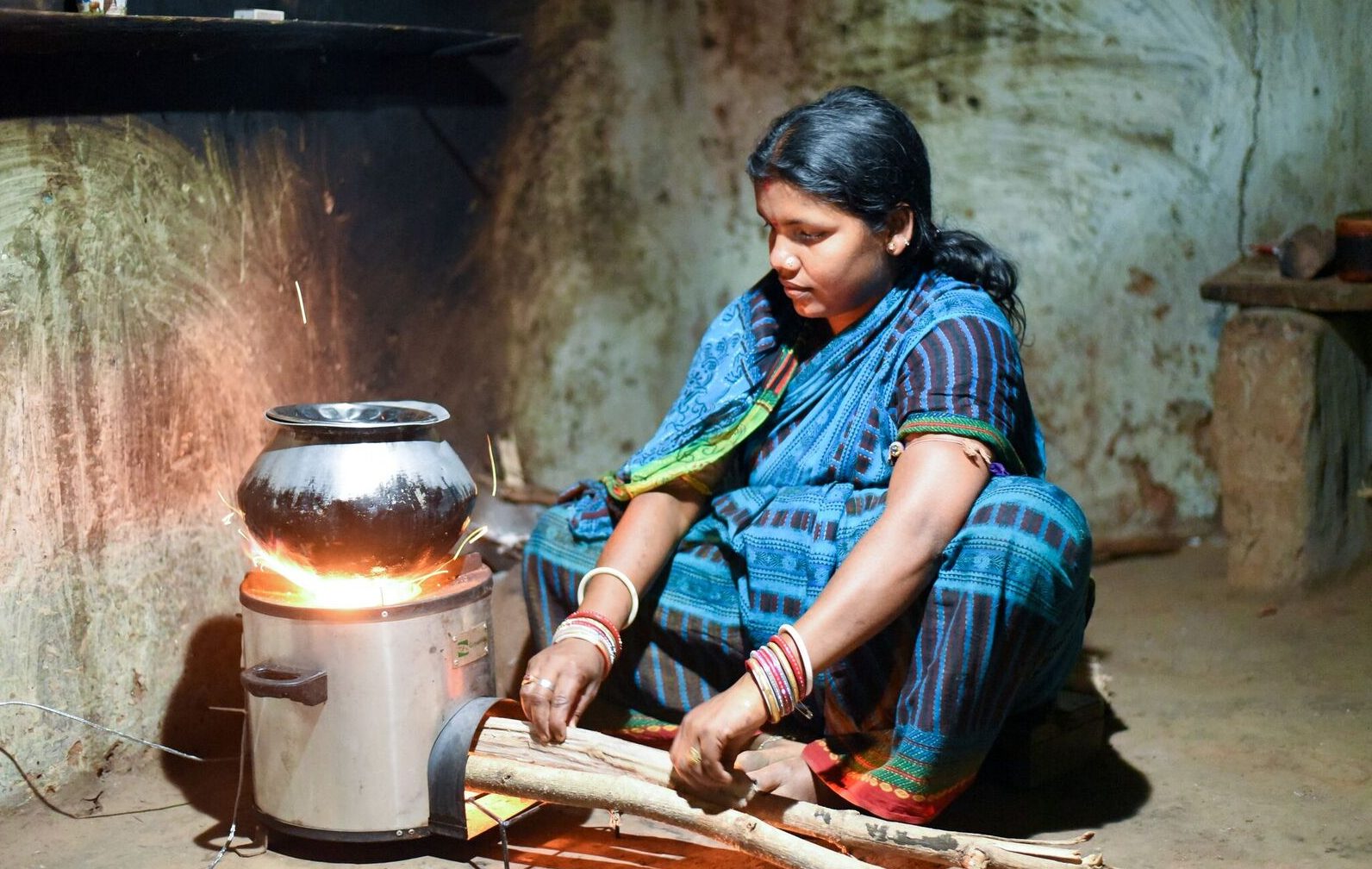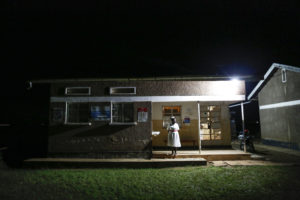When Power Failure Meets Life-Saving Equipment Just how important is consistent electricity to healthcare? As medical equipment floods low- and middle-income countries, there is an urgent need to ensure those investments generate the intended health impacts. However, very little data exists to appropriately address a country’s context and barriers to equipment use, including reliable power […]
